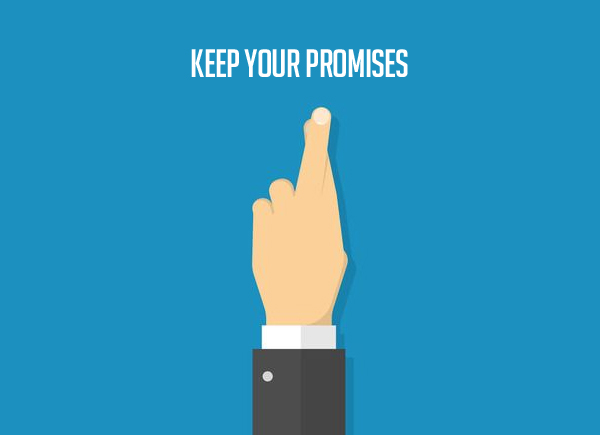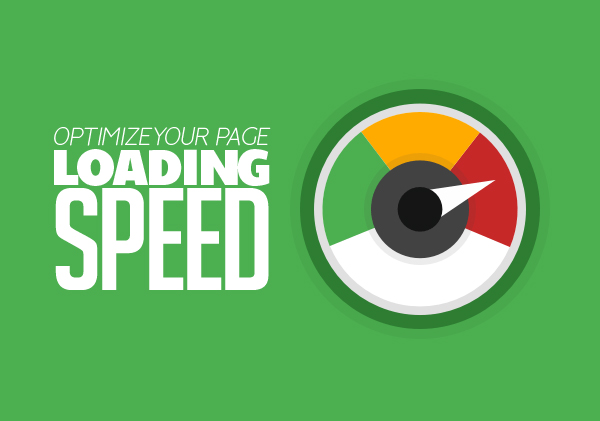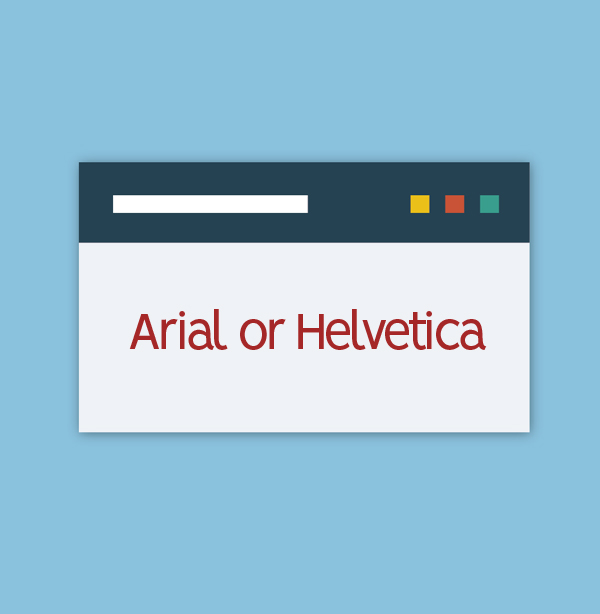The average amount of time a user spends on your site isn’t just a solid indication that you’ve piqued their interest and engaged them — it’s also one of the core metrics by which Google evaluates your site’s ranking in the search engine.
Needless to say, making sure this metric is high while other factors, like bounce rate, are low, should be one of your marketing priorities.
![]()
The good news is that there are several ways to make visitors stay longer on your website while helping them find exactly what they’re looking for. Let’s take a closer look:
Good Content is No Trick

The title is a bit of a misnomer — there are no tricks or gimmicks that can force a user to stay longer on your site — at least not if you want to stay in your customer’s (and Google’s) good graces.
There are, however, many proven methods that will not only engage your prospects but absolutely delight them. Good content is one such way.
Now, you’ve probably heard time and time again about how “content is king” — it’s said so much that your eyes probably glaze over as you hear it for the 1,000th time. But what most content marketers won’t tell you is what kind of content is king.
The answer to that question is complex and it varies, but the best kind of content is content which not only answers your visitors’ questions (including ones they don’t know they need to ask) but also does so in a way that builds your brand’s credibility and authority.

Good content not only scratches that prospect’s itch of ‘what should I know about this?” , but it’s also evergreen, meaning that people can refer to it again and again without worrying that the information they’re learning is outdated or no longer relevant.
Keep Your Promises

The very first headline on your site likely promises something. It’s the “hook” that gets the user’s attention and it’s often at that pivotal moment that they decide whether or not the rest of your page is worth their time.
One of the ways to keep users on your site longer is to simply keep the promise that you made in your headline. Whatever it is your headline demonstrates, the rest of the page needs to rise to that challenge — and quickly.

No one is going to slog through a bunch of form fields or call you up to request a demo if they’re still in the “just looking” phase — and trying to force them to do so without first providing value and reasoning to them is a surefire way to get them to bolt.
Weave More Relevant Content into Your Content

This particular suggestion may take time to set up and execute, but it’s absolutely worth it in terms of learning more about your visitors and their needs — and turning them into eager, ready-to-act customers.
The secret is to weave more relevant content into your existing content. By that, I mean leveraging things like your blog posts and videos to promote other content. Have an article about Getting Started with Pay-Per-Click Marketing? Weave in a free download of a PPC Planning Guide in exchange for their email address.

Giving users the option to take this one small step is a step toward building a relationship with them by continuing to provide valuable, relevant content right when they’re in that very mindset. It’s combining the best possible opportunity together with the best possible information at the best possible time — in a way where everyone wins.
Optimize Your Page Loading Speed

Even as little as a one-second difference in page loading speed can cause users to leave your site. You can use Google’s own Page Speed Insights to check your site’s load time as well as find out what concrete steps you can take to fix it.
And you may find that it’s not just large images clogging up your page. Everything, from scripts to CSS can cause a page to load slow, which is why Google takes those into account as well when it offers suggestions.

A fast-loading site, on both desktop and mobile, makes for happy, satisfied users, and satisfied users browse longer.
Improve Page Readability

You may not realize it, but improving your page readability can have the biggest effect on how much time a user spends on your site. Simple changes, such as increasing the font size and line height can do wonders to promote readability, especially on mobile devices where screen space is limited.
Our brains actually prefer to read sans-serif fonts (like Arial or Helvetica) on a screen as opposed to serif fonts (like Times) because the shape is more distinctive and understandable. With serif fonts on-screen, even though it’s just fractions of a second, our reading time is slowed. Compound this across large, text-heavy blog posts and you can see how reading that kind of font can be tiring on the eyes.
Bonus Tip: Give Your Users Something Else to Do

Oftentimes when we write content, we end it by tying it up neatly and coming full circle with our explanation. But have you thought about what your user should do after they read your post?
It’s entirely possible that they’ll read your article, get the help they need and leave — but you can encourage them to stay by mentioning a related post, video or infographic in the footer. Add in a call-to-action to motivate them to keep reading (or watching). These call-to-actions should be interspersed throughout the piece in order to provide as many opportunities as possible for further user interaction. In addition to this, continue to interlink relevant posts, articles and other media, and you’ll be amazed at the ripple effect it has by encouraging users to stay on your site. Each piece put out should act as a gateway to all the various areas of your site.
Have you implemented any of these tips on your own website? How have they worked for you? Share your thoughts and success stories with us in the comments below!
